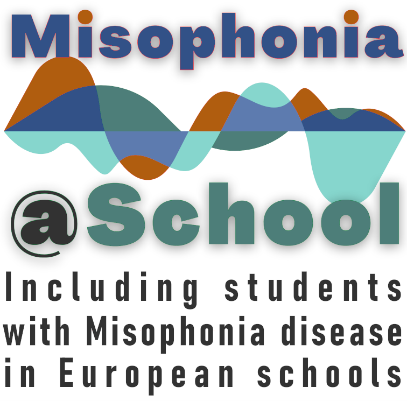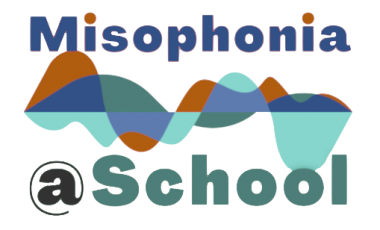

our mobile Misophonia application
Misophonia is a severe and particular form of decreased sound tolerance, and discomfort in the ears or earache, associated with sound exposure. The term “Misophonia” appeared in 2001 for the first time, in a scientific paper by the neuroscientists Margaret M. Jastreboff and Pawel J. Jastreboff. In this paper they distinguished Misophonia from Phonophobia, a well-known sound disorder with psychological origin. Differently from Phonophobia, Misophonia appears to be a disorder at neurological level. At the moment, researches and studies on Misophonia have reached not final but important goals. In 2017, an experimental study carried out by the Institute of Neuroscience at Newcastle University and led by Sukhbinder Kumar (who is a staff member of the present project), revealed a physical difference in the frontal lobe between the cerebral hemispheres of people with Misophonia, with higher myelination in the grey matter of ventromedial prefrontal cortex. Misophonia causes children, adults and the elderly who are affected by it, to behave in a way to prevent from entering louder environments, and from working and interacting socially.

Outputs
The Misophonia@School project will carry out study and implementation activities addressed to produce the following four Intellectual Outputs:
- — IO1: Misophonia Mobile Application.
- — IO2: Misophonia E-learning Course.
- — IO3: Misophonia Handbook.
- — IO4: Misophonia Web Resource Centre.
All Misophonia@School products will be progressively available on this website in 9 languages: English, Italian, Spanish, Poland, Turkish, German, Slovenian, Greek and Icelandic.
The Misophonia Mobile Application, to be used in classrooms, makes teachers able to apply and carry out an innovative screening protocol to individuate students with Misophonia. The main idea beyond it is to provide teachers with a series of “trigger” sounds or situations (sounds and situations that usually cause misophonic subjects to feel bad) that can be presented to students in order to observe/analyse their behaviour. Trigger events are well known now: chewing, breathing heavily, banging/tapping on desks, viewing shaking legs or arms, being touched repetitively, and others. The screening tool is a mobile Android and iOS (Apple iPhones) application, and is friendly usable and easily shareable among teachers/students. You can download it from here:
The European Commission’s support for the production of this web resource centre does not constitute an endorsement of the contents, which reflect the views only of the authors, and the Commission cannot be held responsible for any use which may be made of the information contained therein.
Project number: 2020-1-IT02-KA201-079622

© Misophonia@School 2023